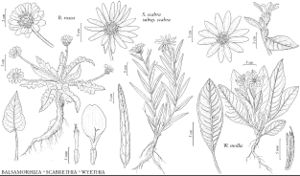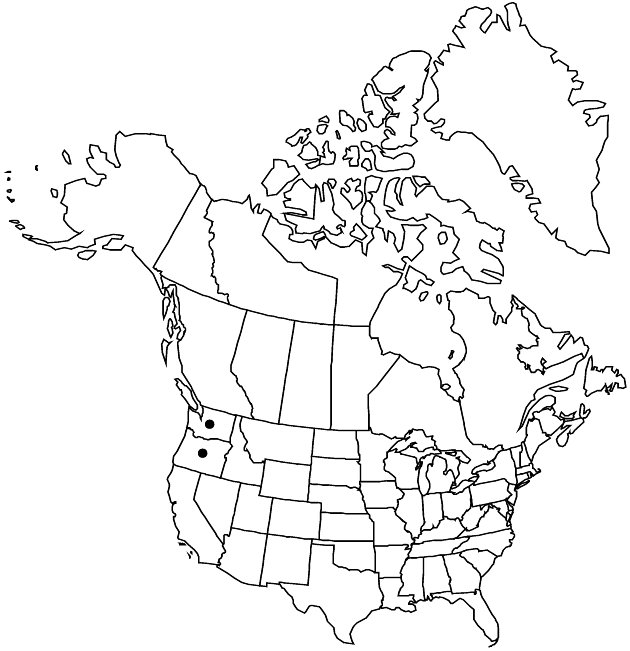Difference between revisions of "Balsamorhiza rosea"
Bot. Gaz. 56: 478. 1913.
FNA>Volume Importer |
FNA>Volume Importer |
||
| Line 11: | Line 11: | ||
|name=Balsamorhiza hookeri var. rosea | |name=Balsamorhiza hookeri var. rosea | ||
|authority=(A. Nelson & J. F. Macbride) W. M. Sharp | |authority=(A. Nelson & J. F. Macbride) W. M. Sharp | ||
| + | |rank=variety | ||
}} | }} | ||
|hierarchy=Asteraceae;Asteraceae tribe Heliantheae;Asteraceae (tribe Heliantheae) subtribe Ecliptinae;Balsamorhiza;Balsamorhiza subg. Balsamorhiza;Balsamorhiza rosea | |hierarchy=Asteraceae;Asteraceae tribe Heliantheae;Asteraceae (tribe Heliantheae) subtribe Ecliptinae;Balsamorhiza;Balsamorhiza subg. Balsamorhiza;Balsamorhiza rosea | ||
| Line 35: | Line 36: | ||
-->{{#Taxon: | -->{{#Taxon: | ||
name=Balsamorhiza rosea | name=Balsamorhiza rosea | ||
| − | |||
|authority=A. Nelson & J. F. Macbride | |authority=A. Nelson & J. F. Macbride | ||
|rank=species | |rank=species | ||
| Line 50: | Line 50: | ||
|publication year=1913 | |publication year=1913 | ||
|special status= | |special status= | ||
| − | |source xml=https://jpend@bitbucket.org/aafc-mbb/fna-data-curation.git/src/ | + | |source xml=https://jpend@bitbucket.org/aafc-mbb/fna-data-curation.git/src/eaa6e58056e40c9ef614d8f47aea294977a1a5e9/coarse_grained_fna_xml/V19-20-21/V21_224.xml |
|tribe=Asteraceae tribe Heliantheae | |tribe=Asteraceae tribe Heliantheae | ||
|subtribe=Asteraceae (tribe Heliantheae) subtribe Ecliptinae | |subtribe=Asteraceae (tribe Heliantheae) subtribe Ecliptinae | ||
Revision as of 19:35, 16 December 2019
Plants 6–10(–30) cm. Basal leaves: blades gray-green, oblong to lance-ovate, 3–10(–20) × 2–5 cm (rarely pinnately lobed), bases weakly cordate or truncate, margins crenate to serrate, apices rounded to acute, faces finely strigose to moderately scabrous (usually gland-dotted as well). Heads usually borne singly. Involucres hemispheric, 18–20 mm diam. Outer phyllaries deltate or ovate to lanceolate, 8–12 mm, not surpassing inner. Ray laminae (becoming brick-red, often drying to pink or rose, and chartaceous) (8–)15(–25) mm (hispidulous abaxially; cypselae strigose). 2n = 38.
Phenology: Flowering Apr–May.
Habitat: Dry hills
Elevation: 300–400 m
Discussion
In a hybrid swarm involving Balsamorhiza rosea and B. careyana, B. rosea remains relatively uncontaminated; the dominance among the hybrids appears to lie with B. careyana. A record of a hybrid between B. rosea and B. careyana from the Spokane area is doubtful.
Selected References
None.

